It is overland tour to Mt. Wudangshan in Hubei province from Xian. Hubei province is located in mid China connecting many provinces in China by convenient transportation of railway, cruise, and flights......
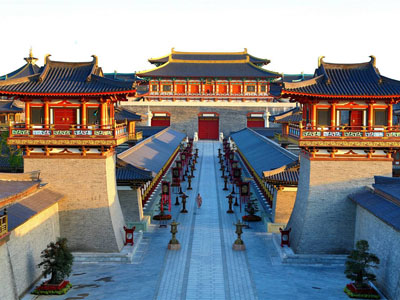
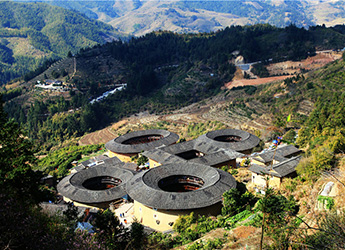 A tulou is usually a large, enclosed and fortified earth building, most commonly rectangular or circular in configuration, with very thick load-bearing rammed earth walls between three and five stories high and housing up to 80 families. Smaller interior buildings are often enclosed by these huge peripheral walls which can contain halls, storehouses, wells and living areas, the whole structure resembling a small fortified city.
A tulou is usually a large, enclosed and fortified earth building, most commonly rectangular or circular in configuration, with very thick load-bearing rammed earth walls between three and five stories high and housing up to 80 families. Smaller interior buildings are often enclosed by these huge peripheral walls which can contain halls, storehouses, wells and living areas, the whole structure resembling a small fortified city.
A total of 46 Fujian Tulou sites have been inscribed in 2008 by UNESCO as World Heritage Site, as "exceptional examples of a building tradition and function exemplifying a particular type of communal living and defensive organization in a harmonious relationship with their environment."
Tulou of Fujian was first built in the Song and Yuan dynasties and matured in the late Ming Dynasty, Qing Dynasty and the Republic of China. The dwelling Tulous, with different styles, are scattered in Yongding, Wuping and Shanghang in west Fujian Province and Nanjing, Pinghe, Hua'an and Zhangpu in southwest Fujian Province. Its structure, decoration and building technologies are rarely seen worldwide. Tulou, or "raw earthen building," are mainly the dwellings of the Hakkas in Fujian and thus are also called Hakka Tulou. It was constructed with the major construction material of raw earth and other supporting materials such as silver sand, calcareousness, cooked glutinous rice, brown sugar, bamboo strips and wooden strips, by mixing and pressing them together. Covered with burnt tiles, these buildings are strong and can withstand the test of time. A Tulou can be four to five storeys high and can house people of three to four generations. The Tulou of Fujian is the only large earthen civil dwelling in mountain areas throughout the world, a masterpiece of creative earthen construction.
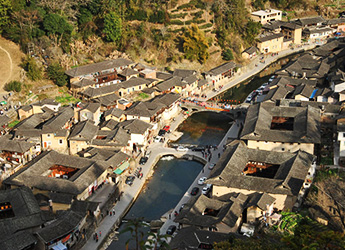 Being a construction that Hakka people in Fujian are proud of, Tulou is a treasure of the dwelling houses of Fujian. Meanwhile, it has also absorbed elements of human cultures, known as the epitome of "the heaven, the earth and the people." More than a dozen, or several hundred families live in one building, which reflect the family tradition of the Hakka of living together harmoniously. Thus, a history of a Tulou is actually the history of a family in rural areas. A Tulou as a whole, and all of its organic parts, have their independent rules and functions. The whole Tulou has the features of ventilation, lighting, humidity prevention, insulation, resisting wind and earthquakes and safeguarding security. As a whole, the strong earthen out wall, just like a natural fence, cannot only maintain the cohesion of the clansmen, but also can effectively protect their life and wealth when social contradictions of various kind emerge, or during their struggles against the nature.
Being a construction that Hakka people in Fujian are proud of, Tulou is a treasure of the dwelling houses of Fujian. Meanwhile, it has also absorbed elements of human cultures, known as the epitome of "the heaven, the earth and the people." More than a dozen, or several hundred families live in one building, which reflect the family tradition of the Hakka of living together harmoniously. Thus, a history of a Tulou is actually the history of a family in rural areas. A Tulou as a whole, and all of its organic parts, have their independent rules and functions. The whole Tulou has the features of ventilation, lighting, humidity prevention, insulation, resisting wind and earthquakes and safeguarding security. As a whole, the strong earthen out wall, just like a natural fence, cannot only maintain the cohesion of the clansmen, but also can effectively protect their life and wealth when social contradictions of various kind emerge, or during their struggles against the nature.

It is overland tour to Mt. Wudangshan in Hubei province from Xian. Hubei province is located in mid China connecting many provinces in China by convenient transportation of railway, cruise, and flights......
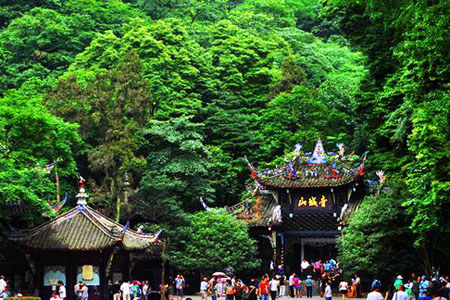
One day classic tours of Chengdu to Mt. Qingchengshan and Dujiangyan Dam will show tourist the profound of ancient Chinese wisdom and culture in harmony relation with the world. ......
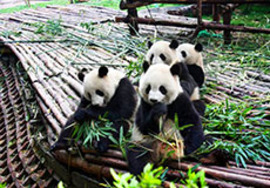
The most classic one day Chengdu tours will bring tourist to Chengdu Giant panda garden and Leshan giant buddha with private travel guide and car in Chengdu, extremely convenient and easy!......
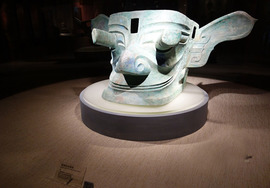
One days best Chengdu tours bring tourist to Sanxingdui museum and giant panda garden with private guide and car, making your tour in Chengdu easy. ......
This panda volunteer work provide tourist with one days unique experience of Panda volunteer project works and bring them an intimate touch with Giant pandas, also the best way to learn deep about pand......
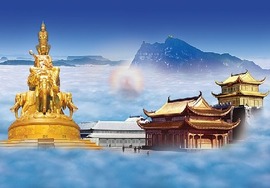
It is tour from the only one operator in Chengdu tours market offering Emeishan and Leshan tours by bullet train. Our highlights including Leshan Giant Buddha and Mt Emeishan. ......

